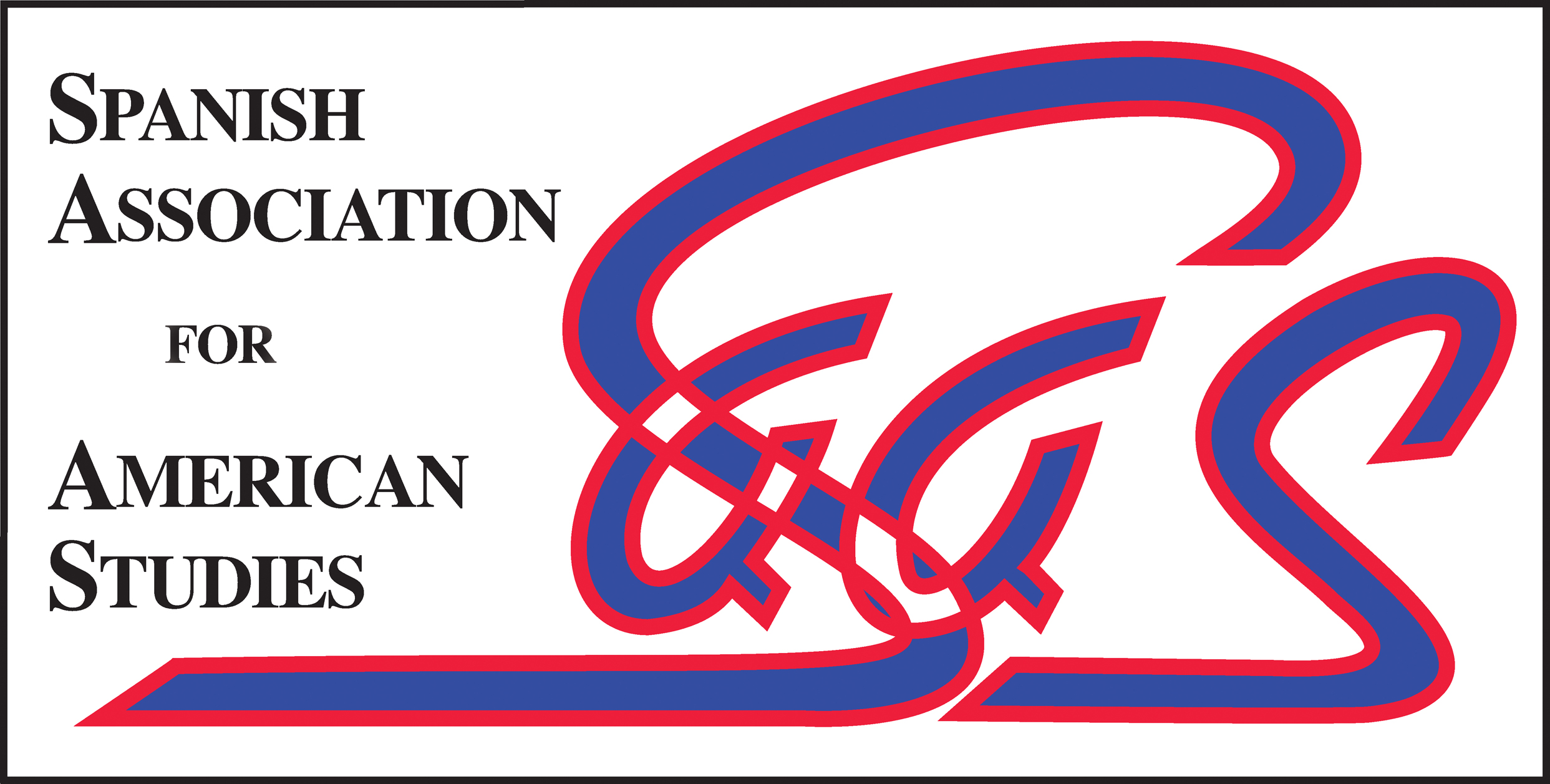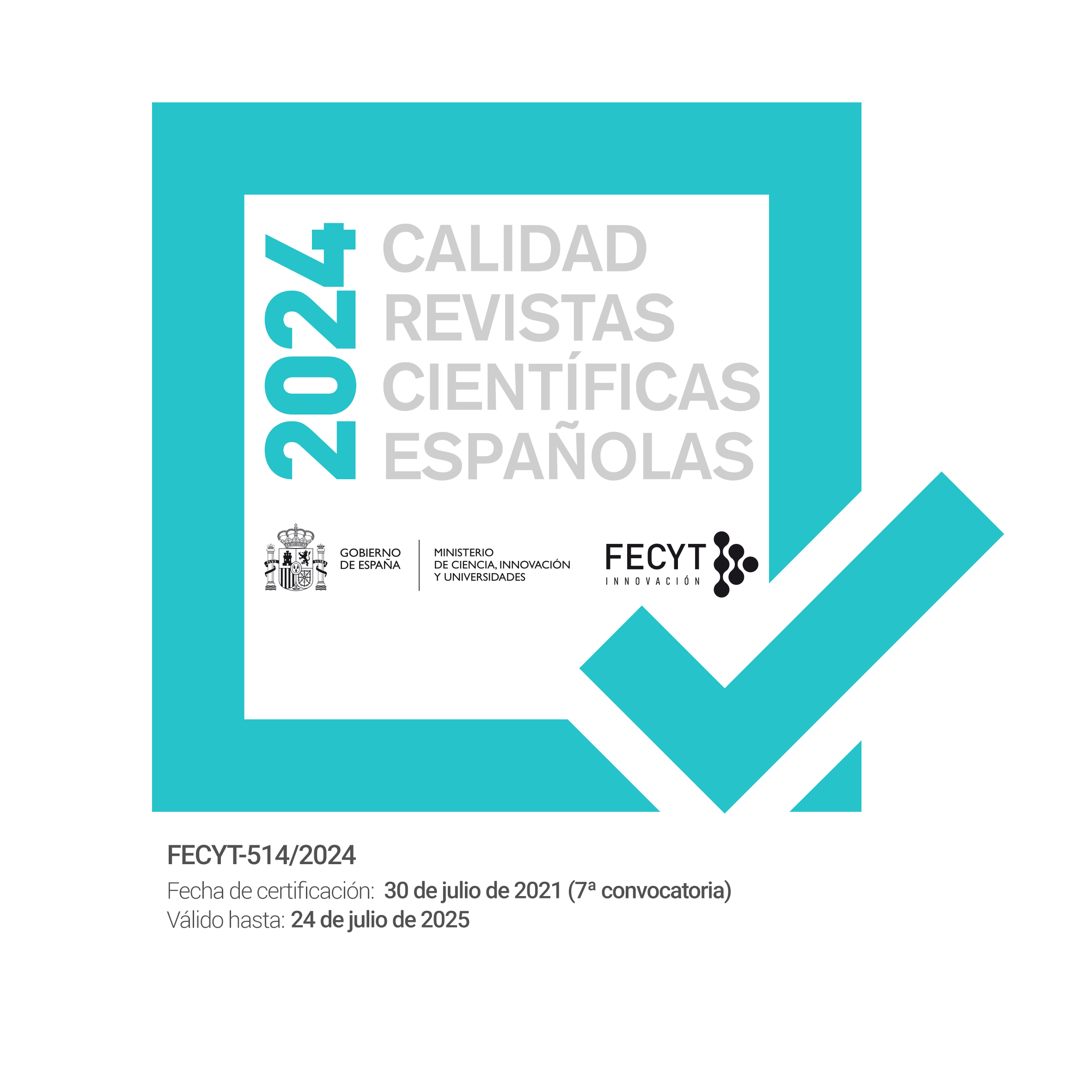The Animal Teacher in Daniel Quinn’s Ishmael
Abstract
ABSTRACT: This article aims at offering an analysis of the animal protagonist of Ishmael: An Adventure of the Mind and the Spirit (1992) by American author Daniel Quinn as well as his environmental lesson. This book tells the story of the relationship between a human and an animal teacher, the telepathic gorilla Ishmael. Throughout their conversations some of the reasons behind the environmental crisis are discussed and the need for a shift in the Western paradigm is defended. Special attention is given throughout this artice to the gorilla’s acquisition of personhood, his Socratic method, his thorough lesson on animal and human captivity, and the timeless quality of a fable that continues resonating with many of the global attempts towards a more sustainable world.
RESUMEN: Este artículo pretende ofrecer un análisis del animal protagonista en Ishmael: An Adventure of the Mind and the Spirit (1992) del autor norteamericano Daniel Quinn, así como de su lección ambiental. Este libro cuenta la historia de la relación entre un humano y su maestro, el gorila telepático Ishmael. A través de sus conversaciones se discuten algunas de las razones de la crisis ambiental y se defiende la necesidad de un cambio en el paradigma occidental. En este artículo se le presta especial atención a la adquisición por parte del gorila del estatus de persona, a su método socrático, a su lección sobre la cautividad animal y humana, y a la cualidad atemporal de una fábula que continúa evocando los numerosos intentos globales por conseguir un mundo más sostenible.















